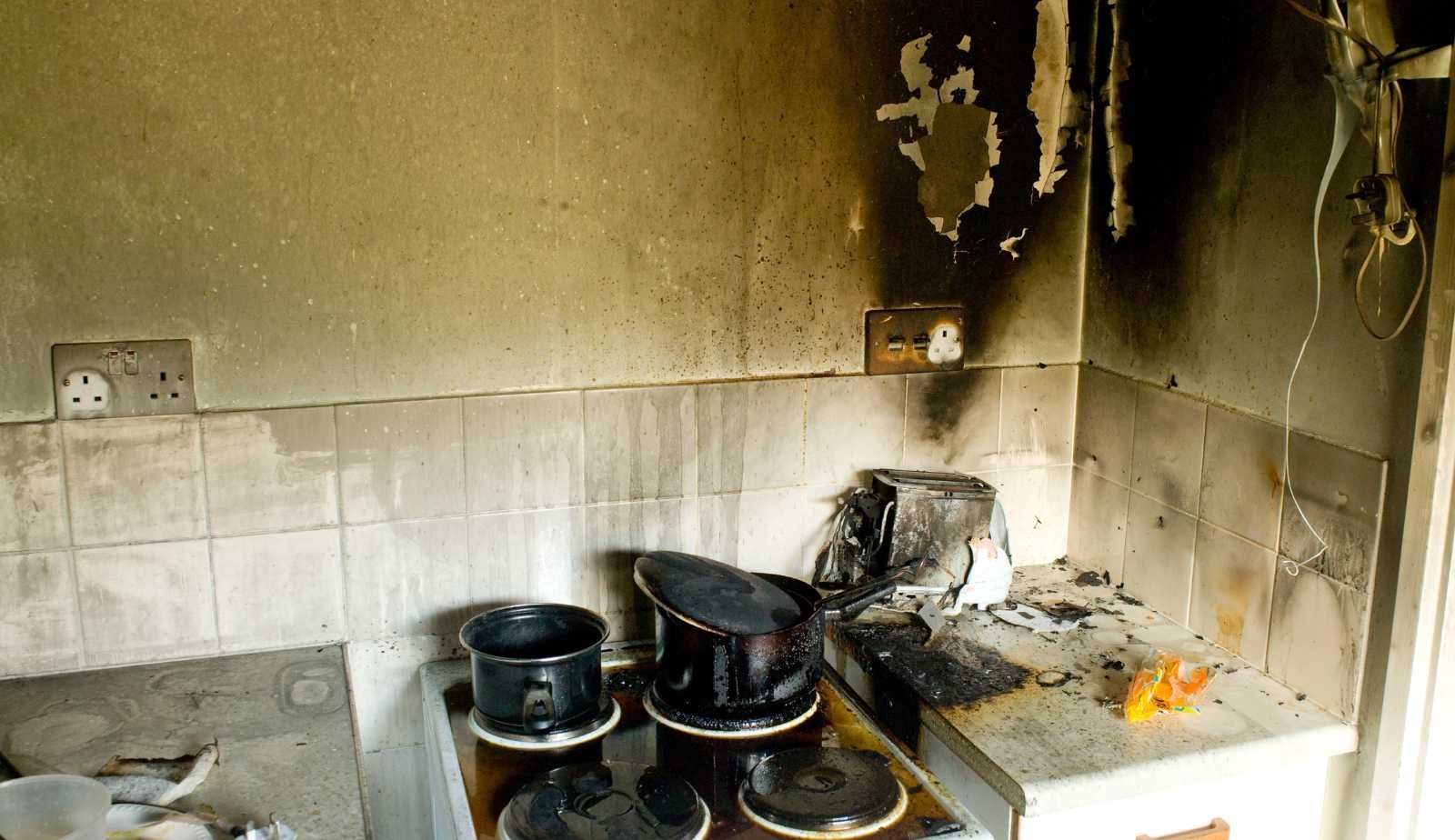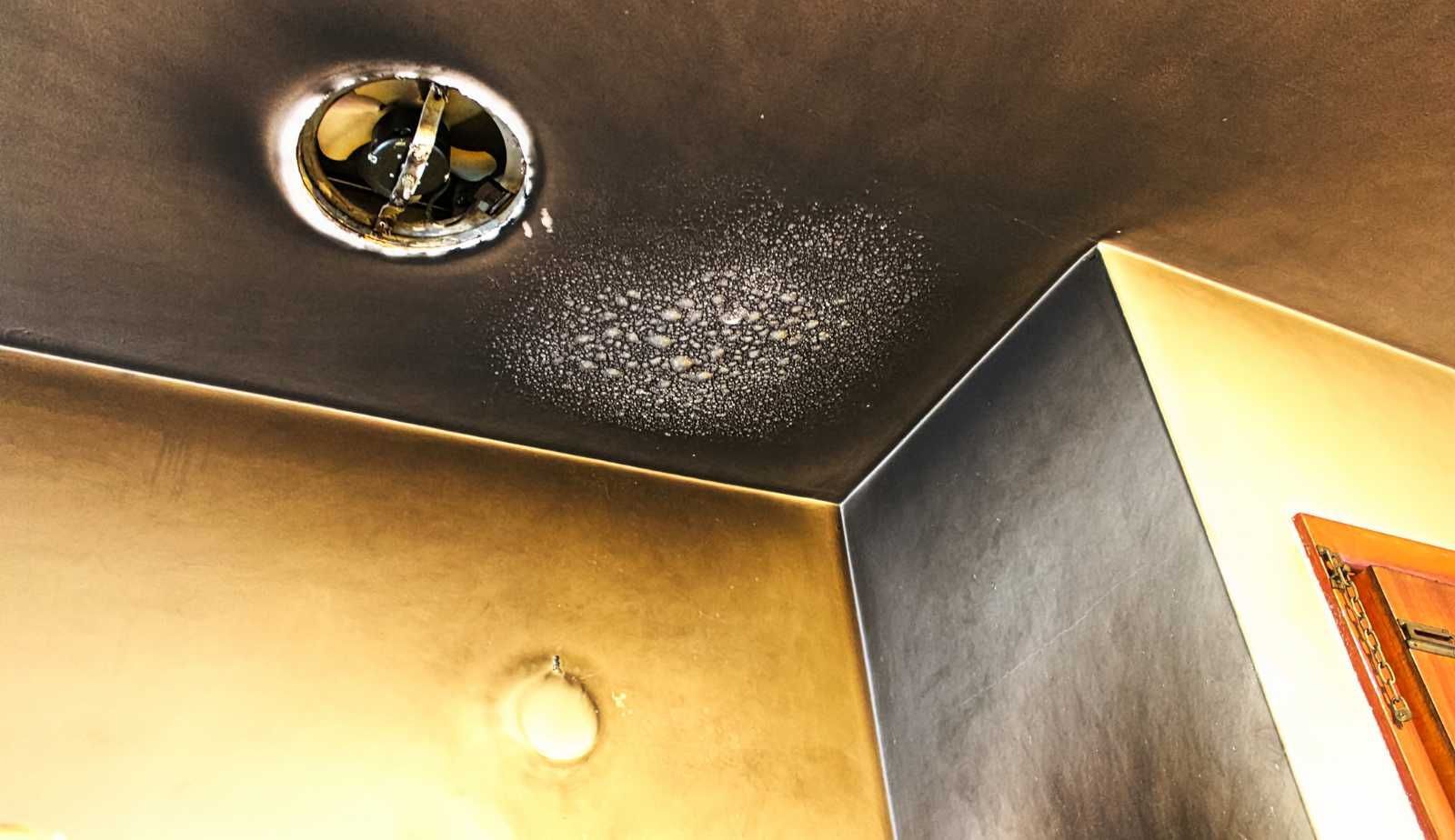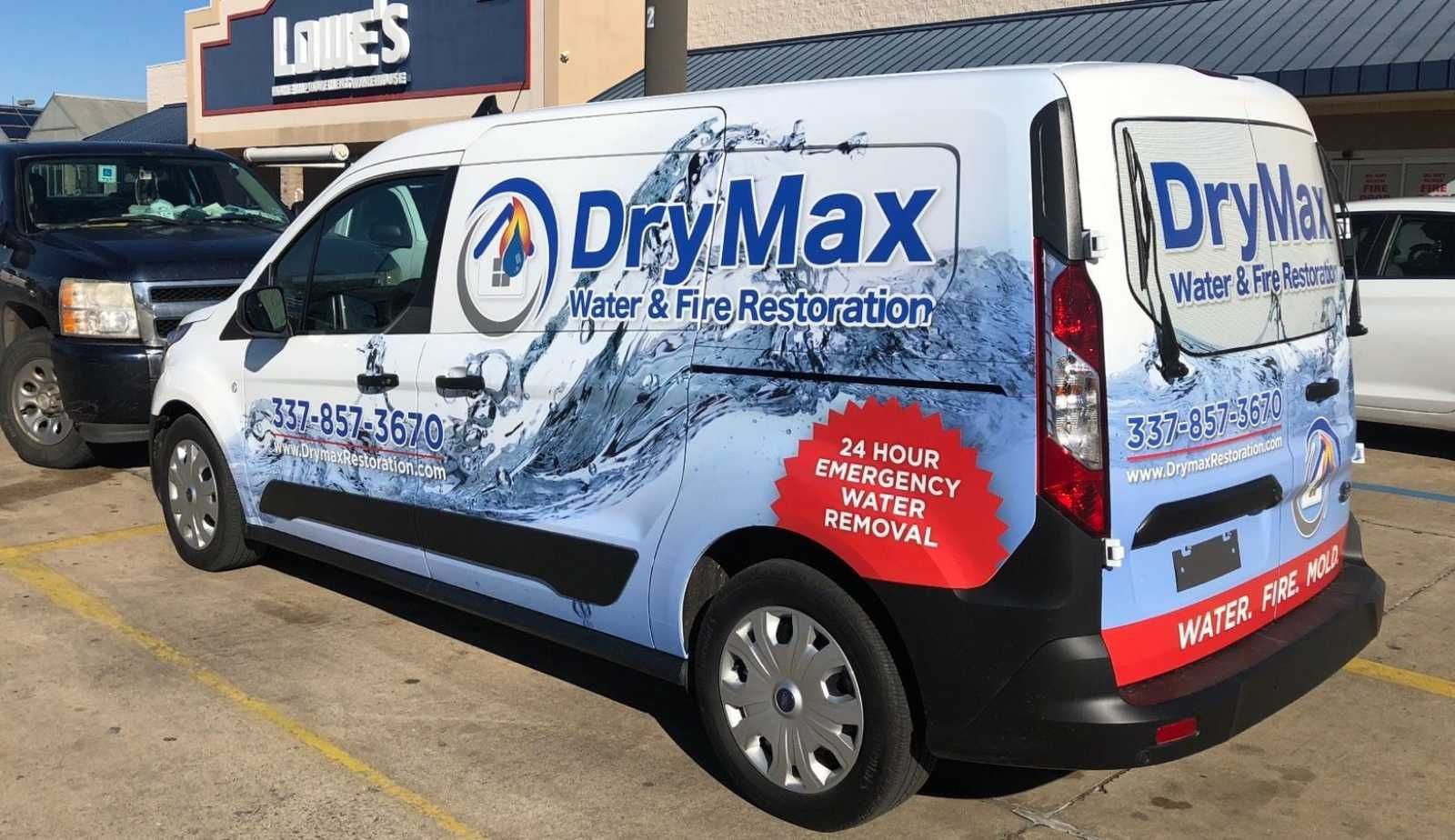Smoke Odor Removal: Techniques and Technologies Explained
Smoke odor removal is a task that many homeowners face at some point. Whether it's from a recent fire, cigarette smoke, or cooking odors, smoke smells can linger and be difficult to remove. Fortunately, there are various techniques and technologies available to help get rid of smoke odors and improve air quality.

Understanding smoke odor is an essential first step in smoke odor removal. Smoke particles can penetrate surfaces and fabrics, making it challenging to eliminate the smell entirely. Smoke odor can also pose health risks, especially for individuals with respiratory problems. Therefore, it's crucial to take the necessary steps to remove smoke odor effectively.
Assessment and preparation are also crucial in smoke odor removal. Before starting any cleaning or deodorizing, it's essential to assess the extent of the damage and prepare the area for cleaning. This includes wearing protective gear, opening windows for ventilation, and removing any debris or damaged items. Once the assessment and preparation are complete, homeowners can use various techniques and technologies to remove smoke odor effectively.
Key Takeaways
- Understanding smoke odor is crucial in smoke odor removal
- Assessment and preparation are essential before starting any cleaning or deodorizing
- Various techniques and technologies are available to remove smoke odor effectively
Understanding Smoke Odor
Smoke odor is a pervasive and unpleasant smell that lingers long after a fire or cigarette has been extinguished. It is caused by the presence of smoke particles and other byproducts of combustion that have settled on surfaces or penetrated porous materials. Smoke odor can be particularly difficult to remove because it is not just a surface-level issue; it can also penetrate deep into the structure of a building or object.
Chemistry of Smoke and Odor
Smoke is a complex mixture of gases and particulate matter that is produced by the incomplete combustion of organic materials. According to Ecopro Restoration, smoke particles are typically less than 4 microns in size and can easily penetrate into small spaces and porous materials. These particles are made up of a variety of compounds, including carbon monoxide, nitrogen oxides, and volatile organic compounds (VOCs).
Smoke odor is caused by the presence of these compounds, which can attach themselves to surfaces and materials and linger long after the smoke has dissipated. According to Union Restoration, smoke odor can be particularly stubborn because the compounds that cause it are often oily and sticky, making them difficult to remove.
Sources of Smoke Odor
Smoke odor can come from a variety of sources, including cigarette smoke, cooking, and fire smoke. Cigarette smoke is a particularly potent source of smoke odor because it contains a high concentration of VOCs, which can attach themselves to surfaces and materials and linger for a long time. Cooking can also be a source of smoke odor, especially if food is burned or if cooking oil is overheated. Fire smoke is another common source of smoke odor, and it can be particularly difficult to remove because it contains a variety of compounds that can penetrate deep into materials and structures.
In summary, smoke odor is a pervasive and unpleasant smell that is caused by the presence of smoke particles and other byproducts of combustion. It can be particularly difficult to remove because it can penetrate deep into materials and structures. Smoke odor can come from a variety of sources, including cigarette smoke, cooking, and fire smoke.

Assessment and Preparation
Evaluating the Affected Area
Before starting the smoke odor removal process, it is crucial to evaluate the extent of the damage and the affected area. This assessment will help determine the appropriate techniques and technologies to be used for smoke odor removal.
The assessment should include a thorough inspection of all surfaces, including walls, ceilings, floors, furniture, and personal belongings. Smoke damage can penetrate deeply into porous materials, making it challenging to remove the odor completely. Therefore, it is essential to identify the materials that have been affected and the degree of smoke damage.
Safety Precautions
Smoke odor removal can be hazardous if proper safety precautions are not taken. Restoration professionals should wear personal protective equipment (PPE), including gloves, respirators, and eye protection, to prevent exposure to harmful chemicals and particulates.
Proper ventilation is also crucial during the smoke odor removal process. Restoration professionals should ensure that the affected area is well-ventilated to avoid exposure to harmful chemicals and to allow for proper drying of surfaces.
In addition, it is essential to follow proper ventilation procedures during the smoke odor removal process. This includes using proper ventilation equipment, such as fans and air scrubbers, to remove smoke particles and odors from the air.
By evaluating the affected area and taking necessary safety precautions, restoration professionals can ensure the successful removal of smoke odor from the affected area.
Air Quality Improvement
Maintaining good air quality is essential for a healthy living environment, especially when dealing with smoke odor removal. There are two primary strategies for improving indoor air quality: ventilation and air purification techniques.
Ventilation Strategies
Ventilation is the process of exchanging indoor air with outdoor air to improve air quality. This can be achieved through natural ventilation, such as opening windows and doors, or mechanical ventilation, such as using exhaust fans or HVAC systems. Natural ventilation is an effective way to improve air quality, and it is also energy-efficient. However, it may not be practical in some situations, such as during extreme weather conditions or in highly polluted areas. Mechanical ventilation, on the other hand, is more reliable and can be controlled to meet specific air quality requirements.
Air Purification Techniques
Air purifiers are designed to filter out various pollutants from the air, including smoke particles and odors. These devices work by pulling air through a series of filters, trapping particles and neutralizing odors before recirculating the purified air back into the room. For smoke smell removal, air purifiers equipped with HEPA filters and activated carbon filters are the most effective. HEPA filters can capture smoke particles as small as 0.3 microns, while activated carbon filters can absorb odors.
In addition to air purifiers, there are other air purification techniques that can be used to improve indoor air quality. One such technique is the use of nature-based solutions, such as microalgae systems in buildings. These systems can capture indoor carbon dioxide and release oxygen while also improving air quality.
Another effective technique is the use of air filtration systems. These systems can help remove smoke particles and other pollutants from the air, reducing the chances of smoke odor permeating your home. It is important to choose the right air filters for your needs, as different types of filters are designed to capture different types of pollutants. For example, HEPA filters are effective at capturing smoke particles, while activated carbon filters are effective at absorbing odors.
Overall, a combination of ventilation and air purification techniques can help improve indoor air quality and reduce smoke odor. It is important to choose the right techniques for your needs and to ensure that they are properly maintained to ensure optimal performance.

Surface Cleaning Methods
Smoke odor can permeate various surfaces in a building, making it crucial to use appropriate cleaning methods to remove the odor. The following subsections detail surface cleaning methods that can be used to remove smoke odor.
Hard Surfaces
Hard surfaces such as walls, floors, and countertops can be cleaned using a mixture of warm water and mild detergent. The detergent helps to break down the smoke residue, making it easier to remove. It is essential to rinse the surface with clean water after cleaning to remove any leftover detergent residue.
Vinegar can also be used to clean hard surfaces. The acidic properties of vinegar help to neutralize the odor. A mixture of equal parts water and vinegar can be used to wipe down the surface. It is essential to rinse the surface with clean water after cleaning to remove any leftover vinegar residue.
Baking soda is another effective cleaning solution for hard surfaces. Baking soda can be sprinkled on the surface and left for several hours before being wiped down with a damp cloth. This method helps to absorb the smoke odor and neutralize it.
Porous Surfaces
Porous surfaces such as carpets, upholstery, and drapes require more extensive cleaning methods to remove smoke odor. Steam cleaning is an effective method for removing smoke odor from porous surfaces. The high temperature of the steam helps to break down the smoke residue, making it easier to remove.
In some cases, it may be necessary to use a specialized cleaning solution designed for porous surfaces. These solutions help to break down the smoke residue and neutralize the odor. It is essential to follow the manufacturer's instructions when using these solutions to avoid damaging the surface.
Surface cleaning methods are an effective way to remove smoke odor from various surfaces in a building. Using a combination of methods such as detergent, vinegar, baking soda, and steam cleaning can help to neutralize the odor and restore the building to its pre-fire condition.
Fabric and Upholstery Deodorization
Smoke odor can cling to fabrics and upholstery, making it difficult to remove. However, there are several techniques and technologies available to help eliminate smoke odor from these materials.
Clothing and Bedding
Clothing and bedding can be deodorized by washing them with a laundry detergent that contains enzymes. Enzymes can break down the odor-causing compounds in smoke, leaving clothes and bedding smelling fresh. Adding baking soda to the wash cycle can also help neutralize odors.
For stubborn odors, a mixture of vinegar and water can be used as a pre-soak before washing. The vinegar helps to neutralize the odor while the water dilutes the smoke particles. Alternatively, hydrogen peroxide can be mixed with water and used as a pre-soak.
Furniture and Carpets
Upholstered furniture and carpets can be difficult to deodorize, especially if the smoke has penetrated deeply into the fibers. One effective technique is to use a thermal deodorization method such as ozone treatment. Ozone generators produce ozone (O3), a highly reactive molecule that can chemically break down odor-causing compounds. Ozone treatment is particularly effective at eliminating stubborn odors that have penetrated porous materials.
Another technique is to use a deodorizing spray that contains activated charcoal. Activated charcoal is a highly porous material that can absorb odors. When sprayed onto furniture or carpets, it can help neutralize smoke odor.
In addition, professional cleaning services can be hired to deep clean and deodorize furniture and carpets. These services use specialized equipment and cleaning products to remove smoke particles and neutralize odors.
Overall, removing smoke odor from fabrics and upholstery can be challenging, but there are several effective techniques and technologies available. By using a combination of these methods, it is possible to eliminate smoke odor and restore fabrics and upholstery to their original condition.

Advanced Odor Neutralization
When it comes to smoke odor removal, advanced odor neutralization techniques can be highly effective. This section will discuss two such techniques: chemical neutralizers and natural odor absorbers.
Chemical Neutralizers
Chemical neutralizers are substances that chemically react with odor-causing molecules to eliminate them. One such substance is activated charcoal. Activated charcoal is highly porous and has a large surface area, which makes it an effective adsorbent for smoke odors. It works by trapping the odor-causing molecules on its surface, which prevents them from being released into the air.
Another chemical neutralizer is ozone. Ozone is a highly reactive gas that oxidizes odor-causing molecules, breaking them down into smaller, less odorous molecules. Ozone generators are commonly used to produce ozone for smoke odor removal. However, it is important to note that ozone can be harmful to humans and pets if not used properly. Therefore, it is recommended to hire a professional to perform ozone treatment.
Natural Odor Absorbers
Natural odor absorbers are substances that absorb or adsorb odor-causing molecules without the use of chemicals. One such substance is white vinegar. White vinegar is a natural deodorizer and can be used to neutralize smoke odors. It works by breaking down the odor-causing molecules and eliminating them.
Another natural odor absorber is odor absorbers. Odor absorbers are made of natural materials such as bamboo charcoal, activated carbon, and zeolite. They work by adsorbing odor-causing molecules on their surface, which prevents them from being released into the air. They are safe to use and can be placed in areas affected by smoke odor to absorb the smell.
Advanced odor neutralization techniques can be highly effective for smoke odor removal. Chemical neutralizers such as activated charcoal and ozone can chemically react with odor-causing molecules to eliminate them. Natural odor absorbers such as white vinegar and odor absorbers can absorb or adsorb odor-causing molecules without the use of chemicals.
Professional Remediation Services
When it comes to smoke odor removal, it is often best to call in the experts. Professional cleaning services and restoration companies have the knowledge, experience, and equipment necessary to effectively remove smoke odors from a variety of surfaces and materials.
When to Call the Experts
It is recommended to call in professional remediation services when smoke odors are pervasive and difficult to remove. If the smoke damage is extensive, it may be difficult to remove the odor without the help of experts. In addition, if there is any uncertainty about the safety of the space, it is important to consult with professionals before attempting to clean the area.
Services Offered
Professional cleaning services and restoration companies offer a variety of services to remove smoke odors, including:
- Thermal fogging: This technique involves using a heated fogger to release a deodorizing solution into the air, which penetrates porous materials and neutralizes smoke odors.
- Ozone treatment: Ozone generators are used to release ozone gas into the air, which breaks down smoke particles and eliminates odors.
- Hydroxyl radical treatment: This technique uses hydroxyl radicals to break down smoke particles and eliminate odors.
- Air duct cleaning: Smoke particles can become trapped in air ducts, which can cause odors to persist. Professional cleaning services can clean out air ducts to remove smoke particles and eliminate odors.
Professional remediation services are a reliable and effective way to remove smoke odors from a variety of surfaces and materials. By utilizing the latest techniques and technologies, experts can ensure that smoke odors are eliminated safely and effectively.
Preventive Measures and Maintenance
Smoke odor can be persistent and challenging to remove, especially if it has accumulated over time. Therefore, it is essential to take preventive measures and conduct regular maintenance to prevent smoke odor accumulation and ensure that the air quality is safe and healthy.
Preventing Smoke Odor Accumulation
Preventing smoke odor accumulation is the best way to avoid the need for extensive smoke odor removal techniques. Here are a few ways to prevent smoke odor accumulation:
- Avoid smoking indoors.
- Use proper ventilation when cooking with oils or fats.
- Keep the HVAC system in good condition and have it serviced regularly.
- Use air purifiers that filter out smoke particles and odors.
- Avoid burning candles or incense indoors.
Regular Cleaning and Air Quality Management
Thorough cleaning and air quality management can help prevent smoke odor accumulation and promote healthy air quality. Here are some tips for regular cleaning and air quality management:
- Regularly clean carpets, upholstery, and curtains to remove smoke particles and odors.
- Use a HEPA filter vacuum cleaner to remove smoke particles and other pollutants from the air.
- Change the air filters in the HVAC system regularly.
- Use natural odor absorbers such as baking soda and activated charcoal to remove smoke odors.
- Use an air quality monitor to detect smoke particles and other pollutants in the air.
By taking preventive measures and conducting regular maintenance, smoke odor accumulation can be prevented, and healthy air quality can be maintained.
Frequently Asked Questions
What are the most effective methods for instant cigarette odor removal in a room?
The most effective methods for instant cigarette odor removal in a room include opening windows and doors to let in fresh air, using air purifiers and air filters, and using odor-neutralizing sprays. These methods work best when used in combination with each other.
What are the steps involved in a professional cigarette smoke remediation process?
The steps involved in a professional cigarette smoke remediation process include identifying the source of the smoke, assessing the extent of the damage, removing any damaged materials, cleaning the affected areas, and deodorizing the space. The process may also involve using specialized equipment such as ozone generators and thermal foggers.
How can someone eliminate the smell of cigarette smoke from their mouth?
To eliminate the smell of cigarette smoke from their mouth, someone can brush their teeth and tongue, use mouthwash, and chew gum. They can also try drinking water, eating something with a strong flavor such as mint or citrus, or using a breath spray.
Which materials are best for absorbing cigarette smoke odors in the home?
Materials that are best for absorbing cigarette smoke odors in the home include activated charcoal, baking soda, and white vinegar. These materials can be placed in bowls or containers throughout the home to absorb the odors.
What is the typical cost range for professional smoke remediation services?
The typical cost range for professional smoke remediation services varies depending on the extent of the damage and the size of the space. The cost can range from a few hundred dollars to several thousand dollars.
How can you remove cigarette smell from electronic devices and technology?
To remove cigarette smell from electronic devices and technology, someone can wipe them down with a dry cloth or a cloth dampened with rubbing alcohol. They can also place the devices in a sealed container with odor-absorbing materials such as activated charcoal or baking soda. It is important to avoid using liquid cleaners or getting the devices wet.
You might also like
DryMax Restoration Blogs




